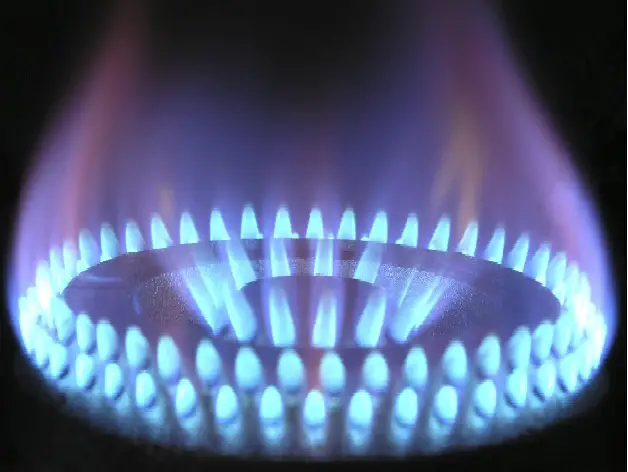Bloomberg is reporting that according to traders, if European demand for natural gas fails to keep up with a growing supply-glut of gas, short-term natural gas prices could dip below zero this summer.
The traders claimed it is looking ever more likely that a situation could arise whereby “producers effectively pay someone to take their gas,” as prices drop to levels last seen before the energy crisis.
From the sidelines of the annual E-World energy fair in Essen, Germany, Peder Bjorland, vice president for gas trading and optimization at oil major Equinor ASA, said, “Individual regional gas markets in Europe could go negative when you have hours and days with renewable production. There is quite a big distance from the price level we see now and to the single-digit and negative prices, and a lot can happen on that route.”
According to the report, current gas reserve stockpiles are higher than normal seasonal levels, at roughly 66% full, and it is expected by some analysts that reserve storage sites will be at full capacity well ahead of the coming winter heating season.
Gyorgy Vargha, chief executive officer of Swiss trading firm MET International said, “If everything continues like this, we are going to be full fairly early during the summer, by September or October, and then it all depends on how early winter kicks in, In a very short term, for a few days if the storage is full, we could see some single-digit prices potentially because of the physical bottlenecks.”
EU gas futures reached a record high of €345 ($380) per megawatt hour last August after the bloc lost access to a large portion of its Russian supplies due to a raft of different issues ranging from economic sanctions imposed on Russia, to maintenance issues causing reduced flows of gas through the Nord Stream pipeline. However weak demand from a stuttering Chinese economy, a mild winter, and conservation efforts in Europe combined with new supplies of liquified natural gas (LNG), to drive prices down to the current levels.
At the TTF hub, front-month futures, the benchmark price for European gas trading, have extended their losses below €26 ($28) per megawatt-hour (MWh), hitting their lowest level since 2021. Already this year, they have fallen 60%.
MET’s Vargha warned, “If none of the bullish factors materialize and with no Ukrainian storage and no floating on a grand scale, then for a few days prices may fall below €10 a megawatt-hour.”
It is still possible prices could spike, such as if there were supply outages at LNG plants, or were there to be a total cessation of all remaining Russian pipeline flows, or if there were to be a substantial increase in industrial demand, according to experts. Also analysts note, were there to be a number of heat-waves during the summer, combined with low wind speeds, wind power generation could fail, forcing an increase in LNG demand and driving prices higher.

